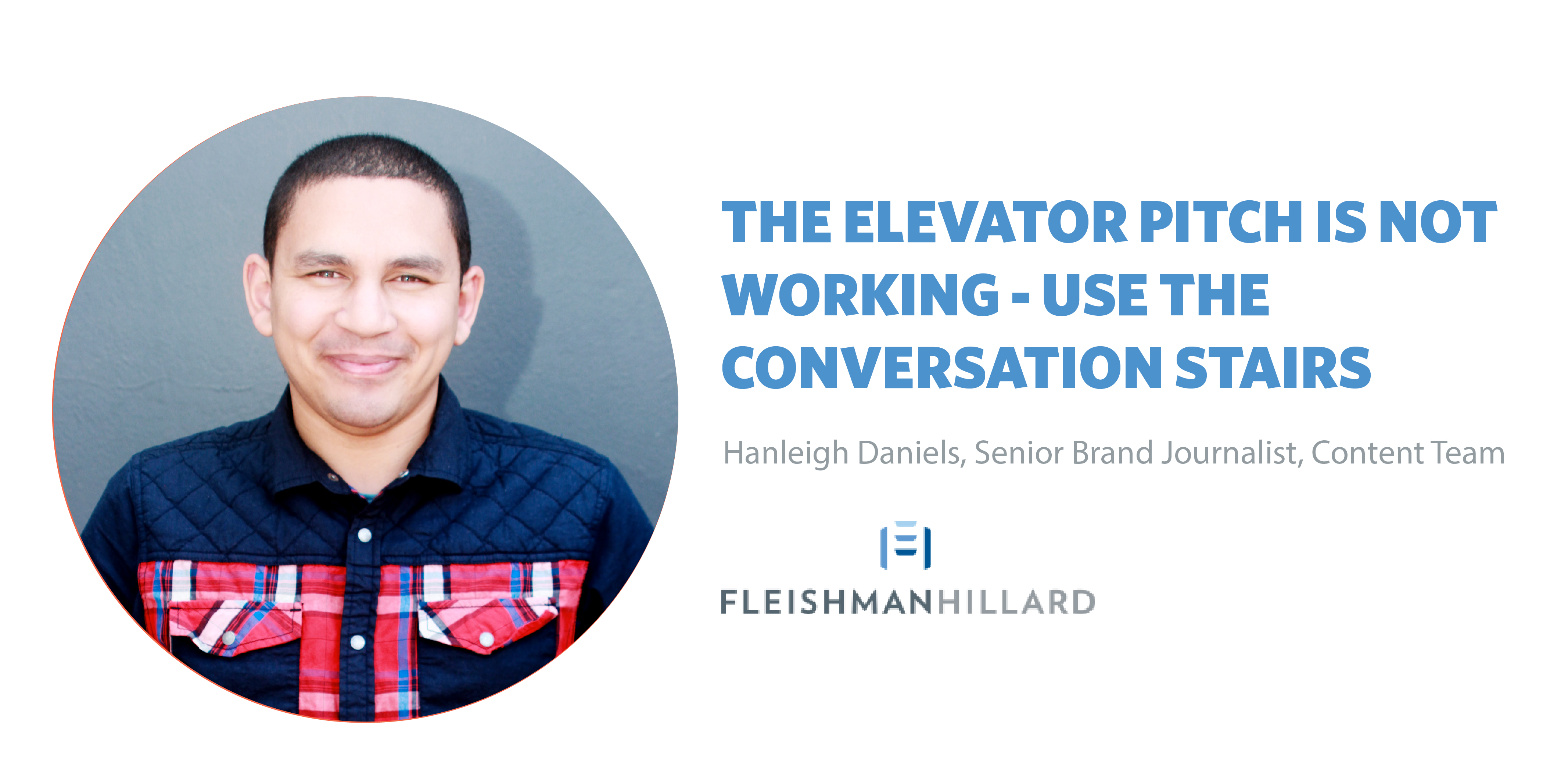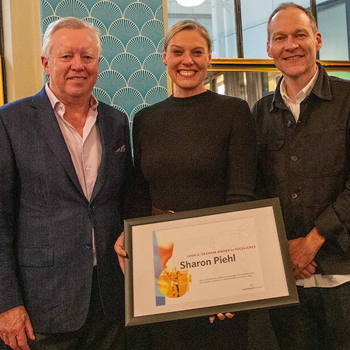The elevator pitch is not working, use the conversation stairs
In the digital era, technology has caused the power pendulum to swing in favour of the consumer. Previously, sales pitches were done in the form of a quick elevator pitch, at a conference for instance: This is where I am from and here is what we do – hopefully something resonates with you and you call us back later. Communication to prospective consumers were done over mass channels such as TV and newspapers and customers walked onto the sales floor for advise on the best product for their needs.
Technology has enabled the consumer to know exactly what products and services tick all of their requirement boxes and where to get the best deal to suit their budget. The point at which consumers can be influenced is no longer on the sales floor, but during that period of evaluation in which they are research offerings online. Mass market marketing is no longer as effective and consumers want personalised service interactions through the channel of their choice resulting in the adoption of CRM systems and Service Design (CEM) approaches by organisations of all sizes.
After that overdose of marketing jargon, we have to ask: What does this all mean for the sales exec looking to make their sales pitch at a conference? Well, the pitch is dead but not lost, long live the conversation.
That same sales exec can still land their message by using a slightly revised approach. This process is about as awkward as a first date, and the goal of it is also the same: Persuading this person that you can offer what they are looking for or need.
To kick things off, you begin with who are you and what do you do? Followed by that is interesting, How do you do that? Or, what is the obstacles you face in your job and what tools would empower you to do more and perform better? By this time, you should have been provided with enough ammo to fire off your pitch. Proceed to: Well it is interesting that you should say that, because I work for Company X that specialises in this or who can solve your problem or make you more efficient in your job.
This is also relevant in a PR context (and I do commend PR professionals who have read this far). Let’s take the old motivation for editorial consideration. Previously, you may have opted to write a general motivation or press release and utilised a spray and pray approach in the hope of landing some coverage, at least.
Unsurprisingly, you are not hitting your coverage targets, because journalists, like everybody else, are too busy to care. So now you have to read what they are writing about and see how your content or that of your client fits in with their beat. Now your personalised pitch becomes something like: I saw you wrote an article on this topic, I have some news/content that might be of interest as a follow-up article. Flattery and relevance will get you everywhere – well, most of the time anyway.
If you forget all of the information in this article, remember this one thing: People are too busy to consume the mass content and messages they get bombarded with each and every day. To cut through the noise, your content has to be tailored to them on an individual level to add enough value that it simply HAS to be viewed and hopefully, inspires action.
Written By: Hanleigh Daniels, Senior Brand Journalist, Content Team

Find Out More
-
Digital Insights Bulletin - October 2024
October 31, 2024
-
Sharon Piehl Wins 32nd Annual John D. Graham Award for Excellence
October 25, 2024
-
Digital Insights Bulletin - September 2024
September 30, 2024


